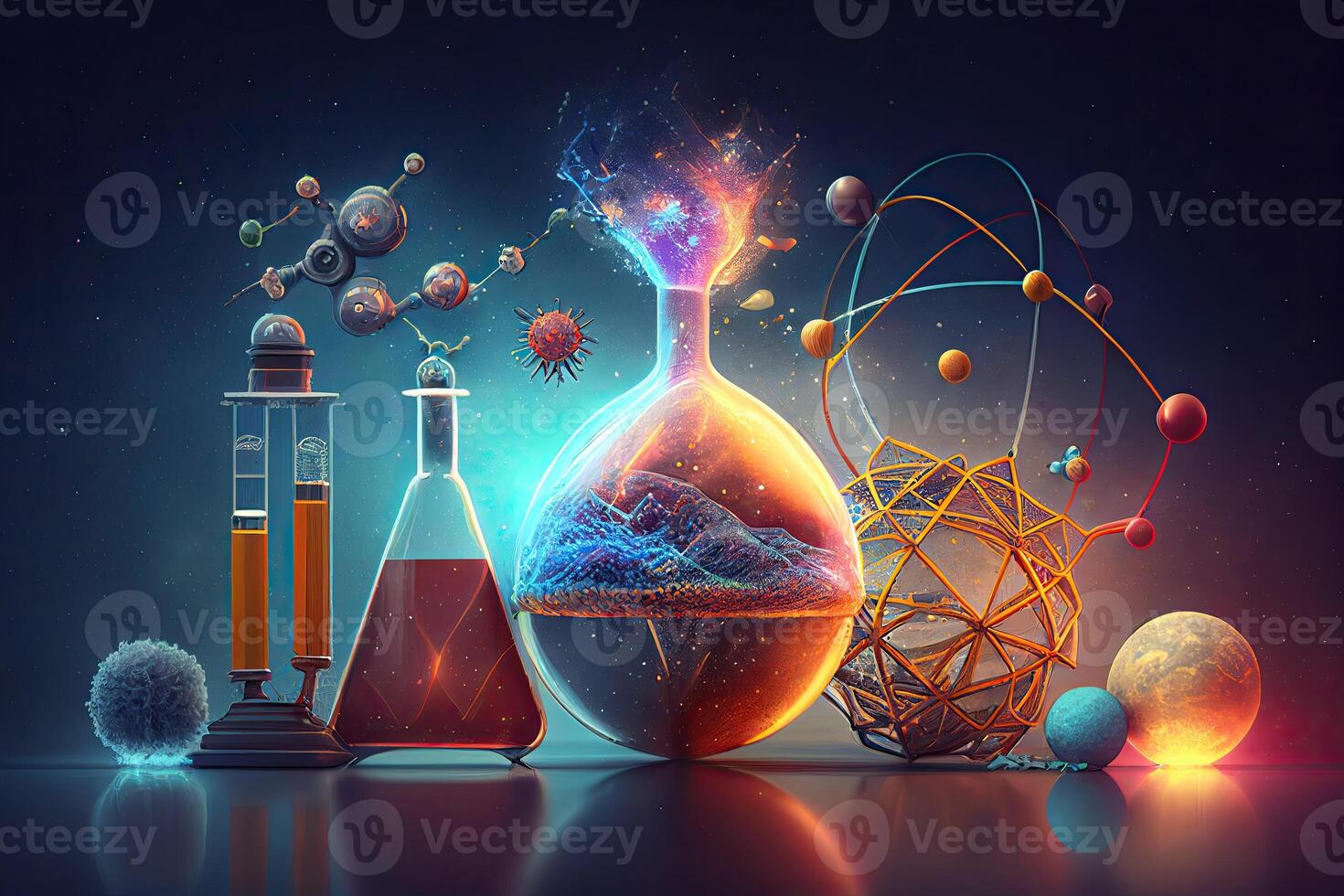In recent years, a transformation has swept through the realm of informal education, epitomized by the evolution of science centers into what can be termed “Science Centres 2.0.” These contemporary institutions stand as paragons of curiosity, fostering exploration and engagement in the scientific disciplines. They serve as multifaceted platforms that accommodate the predilection for experiential learning, embodying an ethos that not only enchants the visitor but also addresses a pertinent observation: the need to cultivate relentless curiosity in an era characterized by rapid technological advancements and a perennial quest for knowledge.
Central to the concept of Science Centres 2.0 is the imperative to not merely impart information, but to ignite a profound fascination with the natural world. Several studies in the field of education underscore the significance of curiosity as a pivotal element in learning. It can be posited that the innate human desire to inquire stimulates cognitive development and fosters an appreciation for scientific inquiry. Consequently, these modern science centers are increasingly designed with an infrastructure that encourages exploration and hands-on interaction, thus nurturing this intrinsic curiosity.
One common observation regarding visitor engagement within traditional science centers lies in the tendency for individuals, particularly children, to gravitate toward specific exhibits that resonate with their preexisting interests. This phenomenon hints at deeper psychological processes at play within the human psyche. Rather than leading to a passive reception of information, these centers emphasize agency, granting visitors the autonomy to navigate their learning experiences in a manner that is often serendipitous. Through creatively engineered exhibits that facilitate active participation, visitors embark on personalized journeys of discovery, thereby aligning their interests with scientific content.
Moreover, the architecture of these facilities embodies flexibility and dynamism. Contemporary science centers eschew the rigid layouts of their predecessors, opting instead for open, modular spaces that allow for the reconfiguration of exhibits and the encore of diverse programs. The deliberate design of such physical environments serves to dismantle preconceived notions of science as an esoteric domain, thereby democratizing access to scientific knowledge. In this way, Science Centres 2.0 cultivate a sense of ownership among their visitors, further amplifying their engagement and fostering a community of inquiry.
Another salient aspect of Science Centres 2.0 pertains to the integration of cutting-edge technology. The proliferation of digital tools and immersive experiences, such as virtual reality (VR) and augmented reality (AR), has revolutionized the landscape of these institutions. These technologies afford visitors the opportunity to engage with scientific phenomena in ways that transcend traditional confrontations with static exhibits. For instance, a VR simulation might allow a visitor to traverse the cosmos, observing celestial bodies in their natural context, or delve into the microscopic world, exploring cellular structures up close. Here, technology acts not merely as an enhancement, but as a catalyst for transcending conventional boundaries of learning, aligning with the pulsating rhythm of modern society’s comfort with digital interaction.
In turn, this digital engagement with science education echoes broader societal trends. The potency of social media in shaping contemporary discourse cannot be understated; platforms such as Twitter and Instagram have birthed a culture of rapid information sharing, contributing to an environment where instant gratification prevails. Science Centres 2.0 find themselves tasked with harnessing this zeitgeist, curating content that is not only educational, but also shareable and compelling. The notion of ‘science communication’ has evolved; engaging with audiences through visually arresting infographics, live demonstrations, and interactive online resources serves both to disseminate knowledge and to cultivate a growth mindset among individuals who may have previously eschewed formal scientific endeavors.
Additionally, the trend towards inclusivity within these institutions plays a crucial role in fostering curiosity. Education, particularly in the STEM fields, has historically been fraught with barriers related to gender, race, and socioeconomic status. In response to these disparities, Science Centres 2.0 have adopted inclusive strategies designed to deserialize the participating populace. Targeted outreach programs aim to engage underrepresented communities, ensuring that a diverse array of voices and perspectives are welcomed into the scientific discourse. This democratization of science not only enriches the collective understanding but also enhances the curiosity of individuals who see their identities reflected in the scientific narratives being promoted.
As society continues to navigate the intricacies of global challenges—be it climate change, public health crises, or technological disparity—the necessity for informed citizenry becomes increasingly paramount. Science Centres 2.0 assume a crucial role, serving as incubators of innovation and hubs for civic engagement. In this capacity, they bridge the gap between scientific inquiry and everyday life, prompting individuals to reflect upon the intersections of science with ethics, responsibility, and community. Thus, they nurture not only individual curiosity, but also a collective sense of accountability towards the world in which we dwell.
In conclusion, Science Centres 2.0 represent a paradigm shift in the landscape of science education, intertwining curiosity with a resolute commitment to inclusivity and sustainability. They attest to the fact that curiosity is not merely a passive trait, but an active, dynamic process that can foster empathy, critical thinking, and innovation. As they evolve, these institutions stand poised to harness the vigor of public curiosity, ultimately setting the stage for a future where scientific understanding becomes a shared pursuit, enriching the tapestry of collective human knowledge.










